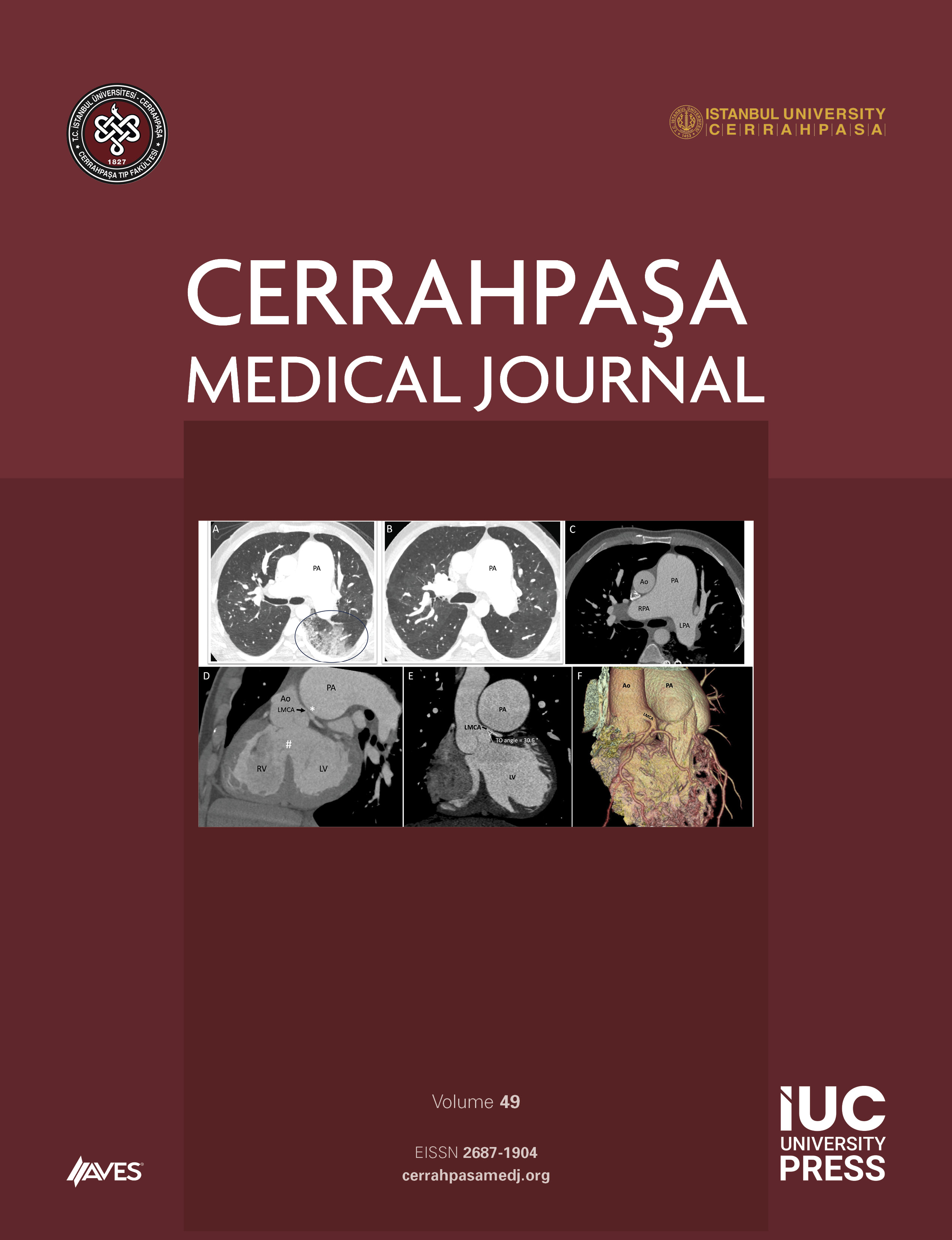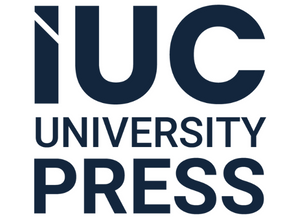Objective: Failed-back surgery syndrome (FBSS) is characterized by chronic pain and disability. Spinal cord stimulation (SCS) is a viable treatment option, with conventional SCS (C-SCS) and high-frequency SCS (HF-SCS) being the most common modalities. This study aims to compare the effectiveness of HF-SCS and C-SCS in reducing pain and disability in patients with FBSS.
Methods: A total of 23 patients diagnosed with FBSS who had previously undergone either HF-SCS (n = 11) or C-SCS (n = 12) previously were included in this study. Pain intensity and disability were assessed using the Visual Analog Scale (VAS) and the Oswestry Disability Index (ODI) at baseline and at the third, sixth, and 12th months post-implantation. The changes in ODI and VAS observed in both groups were then evaluated.
Results: Both HF-SCS and C-SCS were effective in reducing VAS and ODI scores over the 12-month followup period. Notably, HF-SCS demonstrated rapid improvement in VAS scores at the 3-month mark when compared to the C-SCS group (5.1 vs. 6.7, P < .05). Nevertheless, by 12 months, the difference in scores was non-significant. A similar pattern was observed in the ODI scores, which decreased significantly in both groups, with the HF-SCS group exhibiting a faster initial improvement (27 vs. 33, P < .05). At the 12-month mark, the ODI scores were comparable between the 2 groups.
Conclusion: This study found that both HF-SCS and C-SCS were effective in reducing pain and disability in patients with FBSS. While HF-SCS offers quicker relief, at 12 months the outcomes are similar between the 2 modalities. These findings suggest both treatment options are feasible for managing FBSS, with the choice of modality potentially guided by patient preferences. Further research is needed to explore the long-term benefits, cost-effectiveness, and patient-reported outcomes of these therapies.
Cite this article as: Dilken O, Güner D, Aşık İ. High-frequency versus conventional spinal cord stimulation in patients with failedback surgery syndrome. Cerrahpaşa Med J 2025; 49, 0064, doi: 10.5152/cjm.2025.24064



